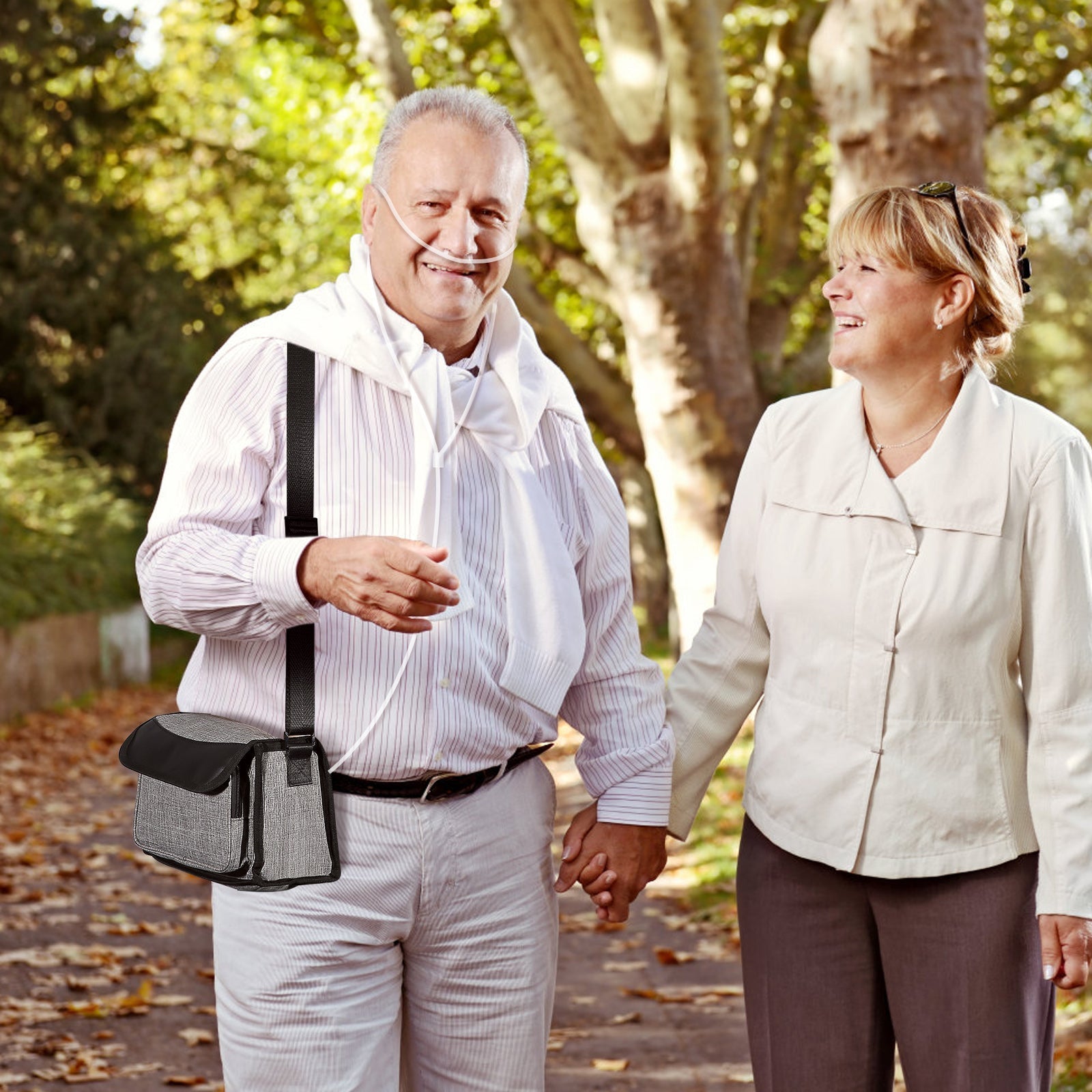
How Does Temperature Affect Oxygen Concentrations in Air?
Understanding the relationship between temperature and oxygen concentrations in air is essential, especially for users who depend on oxygen concentrator sales. Whether used in clinical settings, at home, or during travel, external conditions like temperature and humidity can influence how oxygen is delivered—and how efficiently it’s received by the body.
In this article, we’ll explain how ambient temperature affects oxygen concentration and what that means for people using oxygen concentrators, including both stationary and portable models like those from VARON.

Air Temperature and Oxygen Concentration: The Basics
The oxygen content in Earth’s atmosphere remains roughly 21%, regardless of temperature. However, temperature does affect air density, which in turn impacts how oxygen is processed and delivered.
-
Cold air is denser and contains more oxygen molecules per volume.
-
Warm air is less dense, meaning fewer oxygen molecules are available in the same volume of air.
This phenomenon is particularly noticeable at high altitudes or during extreme weather changes. While the percentage of oxygen stays the same, the actual available oxygen for breathing decreases in hot or thin air.
What This Means for Oxygen Concentrators?

Oxygen concentrators work by pulling in ambient air and filtering out nitrogen to provide purified oxygen to the user. When the air temperature changes, the concentrator’s performance can be affected in the following ways:
1. High Temperatures May Lower Efficiency
In warmer environments, the air is less dense. That means oxygen concentrators may need to work harder to extract the same amount of oxygen, which can reduce their output efficiency—especially in entry-level or older models.
2. Cold Temperatures Can Improve Oxygen Intake—But Come with Risks
Cold air is richer in oxygen, but extremely low temperatures can affect the machine’s mechanical parts or battery life (in portable concentrators like the VARON VP-2 or VT-1). Freezing temperatures may also cause condensation issues inside the tubing or humidifier.
3. Optimal Operating Range is Key
Most oxygen concentrators, including VARON models, are designed to operate optimally within a specific temperature range—usually 41°F to 95°F (5°C to 35°C). Operating outside this range can trigger system alerts or reduce oxygen output.
VARON Oxygen Concentrators: Built for Stability
One of the advantages of choosing VARON oxygen concentrators is their stability and performance across varying temperatures. Models like the Serene 5 and VP-6 are engineered with advanced cooling systems and internal sensors that adjust flow to maintain consistent oxygen concentration, even when ambient conditions fluctuate.
Portable units such as the VP-1 and VL-2 also include heat-tolerant components and durable filters, helping maintain reliable output during outdoor use or travel.
Tips for Users in Extreme Climates
To get the most out of your oxygen concentrator, follow these guidelines:
-
Avoid direct sunlight or heating vents: Excessive heat can cause the unit to overheat or reduce performance.
-
Don’t operate outdoors in freezing temperatures unless the unit is certified for cold weather.
-
Use in well-ventilated areas to prevent overheating and ensure fresh air intake.
-
Store and transport your concentrator in protective cases to shield it from sudden temperature changes.
Conclusion
Temperature plays a crucial role in how oxygen concentrations in air interact with oxygen concentrators. While the actual percentage of oxygen doesn’t change, air density—and therefore available oxygen per breath—does. For users relying on oxygen therapy, particularly those using VARON’s healthcare-grade oxygen concentrators, being mindful of ambient temperature can improve therapy outcomes and device longevity.
Whether you're using a compact travel model like the VL-1 or a powerful home unit like the Serene 5, keeping your device within its optimal temperature range ensures better oxygen delivery—and better health.
















